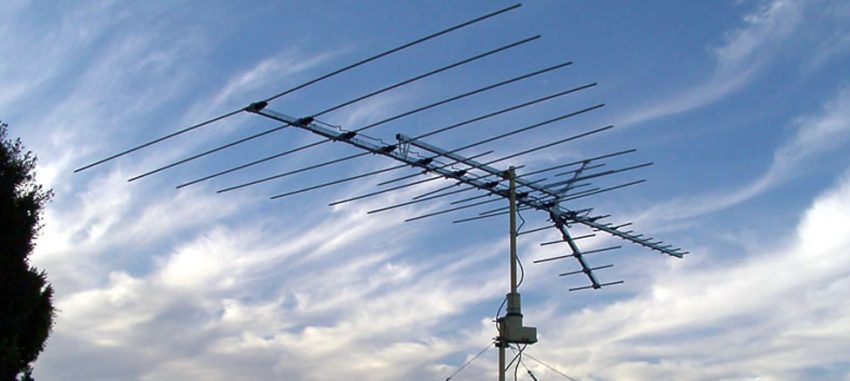TV aerials are a vital part of enjoying television shows and channels, especially in rural areas where other methods of TV signal reception may be limited. When living in the countryside, it can be challenging to obtain a stable and clear TV signal due to the distance from broadcasting towers and potential obstructions.
In this article, we will explore the best practices and technologies for getting the most out of your TV aerial in rural areas, ensuring that you can enjoy your favourite shows without interruptions.
Understanding the Challenges of Rural TV Reception
Living in a rural area poses unique challenges when it comes to receiving a high-quality TV signal. Factors such as distance from broadcasting towers, the surrounding terrain, and the presence of tall buildings or trees can all contribute to signal interference. Additionally, adverse weather conditions can further impact the reliability of the TV signal. Understanding these challenges is crucial in finding effective solutions for improving TV reception in rural areas.
It’s important to consider the geographical features surrounding your property. For instance, if you live in a valley or near hills, the terrain could obstruct the TV signal. Similarly, dense foliage and tall trees can block the signal path, leading to poor reception. Additionally, the distance from the nearest broadcasting tower can significantly affect signal strength. By identifying these challenges, you can better address them to optimise your TV aerial reception.
Selecting the Right TV Aerial
Choosing the right TV aerial is essential for maximising TV reception in rural areas. Various types of TV aerials are available, each designed to suit different environments and signal conditions. When living in a rural setting, a high-gain TV aerial is often recommended. These aerials are designed to capture weaker signals over long distances, making them well-suited for areas far from broadcasting stations.
It’s important to consider the frequency bands used by local transmitters when selecting a TV aerial. Some areas may use UHF (Ultra High Frequency) bands, while others might utilize VHF (Very High Frequency) bands. Understanding the frequency bands used in your area will help you choose an aerial that is compatible with the local broadcasting standards.
Optimizing Aerial Placement and Installation
The placement and installation of your TV aerial are critical factors in ensuring optimal signal reception. In rural areas, the installation may require additional considerations due to the distance from broadcasting towers. When installing the aerial, it should be positioned at the highest point possible to reduce obstructions and improve line-of-sight with the broadcasting towers.
Additionally, it’s important to ensure that the aerial is securely mounted to withstand harsh weather conditions. Strong winds and heavy rainfall are common in rural areas, so the aerial should be installed with robust fixtures to prevent it from getting dislodged or damaged.
Signal Boosters and Amplifiers
In some cases, rural areas may require signal boosters or amplifiers to enhance TV reception. Signal boosters are especially useful when dealing with weak signals caused by distance or obstructions. These devices work by amplifying the incoming signal, providing a clearer and more stable reception.
Before installing a signal booster, it’s important to conduct a signal strength analysis to determine the areas with the weakest reception. This analysis can help in strategically placing the signal booster to maximize its effectiveness.
Professional Installation and Maintenance
For optimal results, especially in challenging rural environments, it’s advisable to seek professional installation and maintenance services for your TV aerial. Experienced installers have the expertise to assess the unique signal challenges in rural areas and recommend the most suitable solutions. Additionally, regular maintenance by professionals can help ensure that your TV aerial continues to deliver reliable performance over time.
Professionals can also conduct a thorough assessment of your property to identify any potential sources of signal interference, such as nearby electrical equipment or structural obstacles. By addressing these issues, you can further enhance the quality of your TV reception.
Considering Satellite and Internet-Based Solutions
In some rural areas where terrestrial TV reception is particularly challenging, alternative solutions such as satellite TV or internet-based streaming services may offer more reliable access to television content. Satellite dishes can provide access to a wide range of channels and are less susceptible to terrestrial signal limitations. Similarly, internet-based streaming services can offer on-demand access to TV shows and movies, bypassing traditional aerial-based TV reception altogether.
However, it’s important to weigh the costs and considerations associated with these alternative solutions, as they may require additional equipment and subscription fees.
The Bottom Line
Maximizing TV aerial performance in rural areas involves a combination of selecting the right equipment, strategic installation, and, if necessary, leveraging alternative technologies. By understanding the unique challenges posed by rural TV reception and implementing the appropriate solutions, you can ensure a consistent and high-quality viewing experience. Whether it’s enjoying the latest drama series or staying updated with the news, a reliable TV aerial setup in rural areas can keep you connected to the world of television.
In conclusion, while rural TV reception may present its share of challenges, with the right approach and equipment, it’s possible to overcome these obstacles and enjoy uninterrupted TV viewing from the comfort of your countryside home. For those living in rural areas, a reliable TV aerial setup is an essential gateway to entertainment and information, and with the right strategies, you can make the most out of your TV viewing experience.

